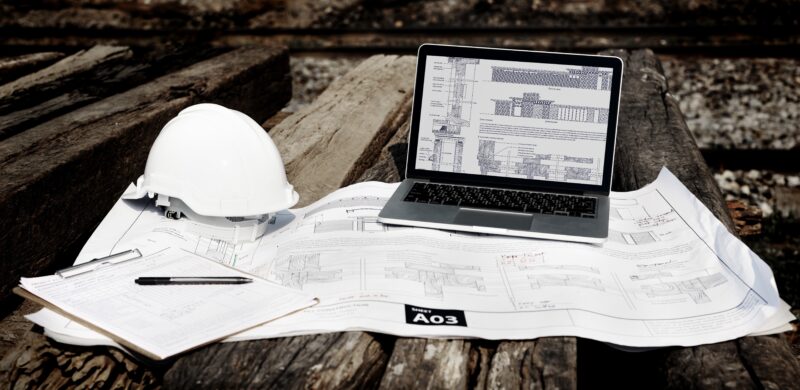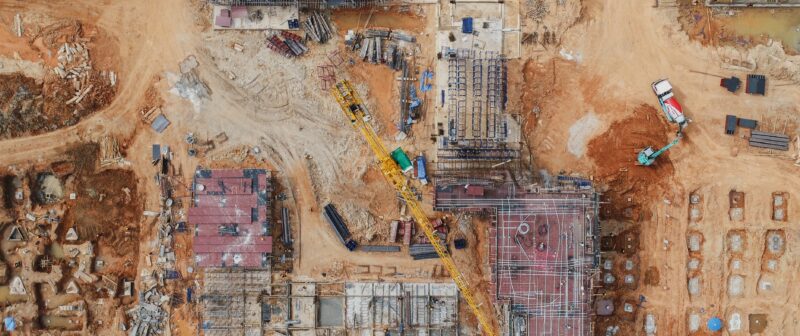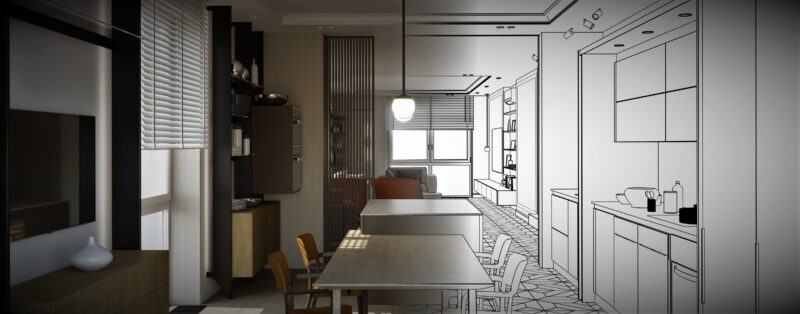5 Tips on how to deal with “Difficult” or “High Maintenance” Clients.
Anyone that has been in the construction business (or any business for that matter) has dealt with them. Let’s be honest, we all wish that after starting your business, every client will arrive with a crystal clear brief, and a (very) basic understanding of how costing and timelines work.
While we are not sure about other alternate universes, we are fairly certain that most construction professionals will agree that in their “earth-based” reality – that is simply not the case. These clients exist.
So when these clients come – and you can be sure they will come – how do you deal with them?
Do you decide that the “juice is not worth the squeeze” and pretend that you are “fully booked” until 2040? Do you quote them a price so ridiculously high that you hope they laugh in your face and leave – also called a “go away quote”?
Every successful businessman or woman knows that you have to be able to identify these clients from the onset and knowing how to deal with them is key to a successful business life.
Signs of a high-maintenance client.
- They will have done their due diligence – a bit too much. There is nothing wrong with “shopping around”, however, if the client starts to question known facts in the industry such as the ratio of cement to ballast in a concrete mixture while suggesting that it’s “just another a way” for the construction companies to make some extra money – that’s probably a problematic client.
- They get (way) too many quotes. It’s understandable that with the high costs involved, a client will try as much as possible to stretch their funds to get the most bang for their buck. However, if the same client has obtained 30 quotes, all from reputable construction companies, all reasonably priced & costed – that is probably a red flag.
- They have done the same thing before “but for much” cheaper. If a client suggests that they paid a fraction of the price for a similar project back in 1985 – this is not a good sign. It could very well be they were stuck in a time warp all this time – however, this is highly unlikely.
- There are too many pre-project meetings without pulling the trigger. Most clients spending a considerable amount of money will generally want all the “i’s” dotted and the “t’s crossed. There is nothing wrong with that. In fact, it’s encouraged where high stake projects and budgets are involved. However, if you are months into discussions all the items have been covered over and over again, clarifying and re-clarifying project items or still negotiating costs – it can indicate that the client does not trust you or is simply wasting your time. Learn to walk away – after all, we are not trying to launch the space shuttle into orbit, we’re simply discussing re-carpeting your driveway.
Tips on how to deal with a high maintenance client.
So it’s downed on you that you desperately need this client – or maybe you don’t. Either way, it’s important to remember that empathy goes a long way. Understand what you are dealing with and skillfully and professionally manage expectations.
- Staying calm. Some clients, before and during the project, will want to scream or yell at you. It’s imperative that you remain calm, cool and collected. In business, swallowing your pride is better than putting your reputation on the line and escaping the situation. While it’s easier said than done, learning how to get your point across in a calm demeanor with a clear voice in heated situations is key.
- Understanding their concerns. It’s likely that the client has simply had bad experiences before and is having a hard time trusting anyone. Once you uncover this, it becomes an opportunity to build trust and showcase your professionalism and honesty. Closing a client like that is bound to lead to repeat business and referrals.
- Managing ego trips. Like a great general once said “Pretend inferiority and encourage his arrogance.” If it’s apparent that the client is likely to shift the goal post or change the terms with no little concern of how it affects the overall project or budget, then it’s important to have a set documented process and billing structure to ensure changes to the brief incur a fee. Slight last minute changes to a large project could have far reaching effects and may require large portions of the project being redone. Always highlight the cost & timeline effects of stakeholder indecisiveness at different stages of the project.
- Cost Objections. There are bound to be clients to object and at the very idea of having to pay for your services. While they might understand the varying differences between NGO’s and for-profit businesses, they simply want you to work for free. Always highlight your cost breakdowns as transparently as possible. If the client is speaking to other bidders, encourage them to shop around to better understand your price points & schedule.
- Don’t burn bridges. Sometimes, you may find that despite your professionalism, transparency and methodical approach to ensuring the client has everything they need to move the project ahead, they are still holding back for reasons beyond your control. At this point you may decide to cut your losses. Do not take it personally, understand that business is simply just that – business. Skillfully and respectfully highlight your terms of business and then proceed to tone down the conversation – simply put, being willing to walk away can at times discourage the client from wasting your time.








